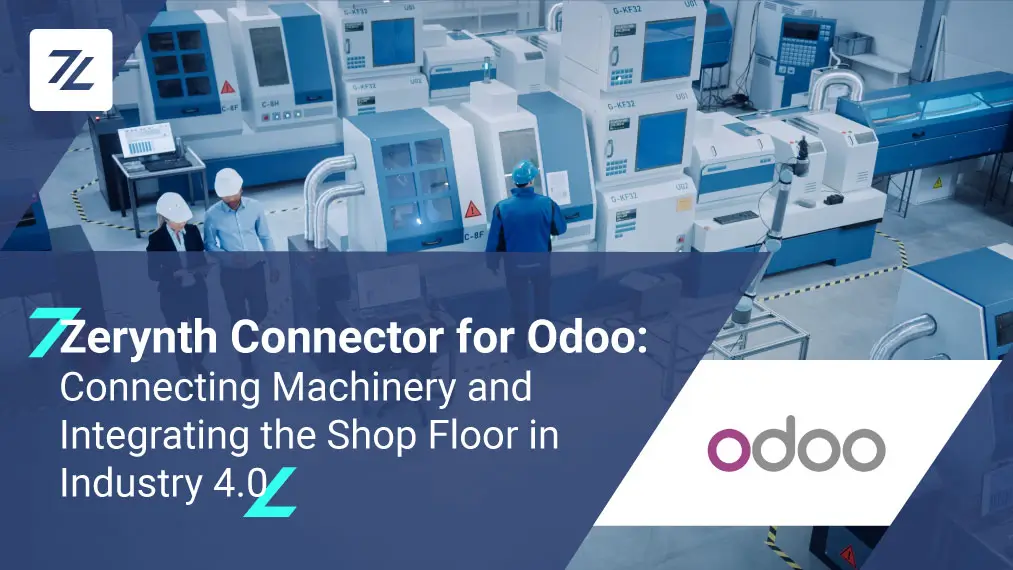Hardware is a fundamental part of developing IoT products. While it looks straightforward, in reality, anyone experienced in developing hardware will tell you it is far from being obvious.
According to the 2020 Mbed Developer Survey, most IoT projects take 6-12 months to move to production and a large percentage take even more than that. Unfortunately, most custom projects use the same technology every time, which results in loss of quality and produces protracted timelines.
In our opinion, these are some of the complexities hardware designers face.
Hardware Complexities
- Hardware has a relatively long development cycle, especially, when compared to firmware and software. So, if there are any issues that are identified, they are not likely to be fixed overnight. A typical hardware development cycle can take months and encompass things like schematic design, layout, PCB manufacturing, assembly, functional testing, and documentation. This is just the tip of the iceberg.
- Technology is increasing in complexity. Twenty-five to thirty years ago, one was able to “learn” the entire datasheet of an 8051 processor. Today, a common 32-bit microcontroller has a datasheet of more than 2,000 pages. There are a lot more details that can be missed now. Still, one is expected to be able to understand how these parts work so that they can be adapted to the particular application.
Time to market is a game-changer for any company entering the IoT market space. Reducing development time is non-negotiable for all new developments. Our solution would not only need to reduce development time but, it would simultaneously need to improve the performance of the application.
Especially, in hardware-dependent development such as embedded systems, the software needs to be modular, hardware-independent, and scalable.
zBus
The zBUS is an efficient, powerful standard for connecting and prototyping different sensors and devices.
The developer can just connect them and ensure their compatibility, deliver the shortest time to market, and enjoy a plug-and-play type experience.
The zBUS has the following pins:
- 16 GPIO pins.
- 4 interrupt pins.
- 2 USART/UART instances with full support for TX, RX, RTS, and CTS.
- I2C, SPI support.
- 5V, 3.3 V output pins.
- Enable pin for controlling the power to attached expansion boards.

The zBUS shortens the development cycle by using tested, trusted, and certified hardware. The zBUS enables developers to prototype a wide range of applications in a plug-and-play manner, thereby, simplifying and shortening the development process.
The zBUS enables developers to use our efficient and tested software libraries. That lets users focus on their application logic and business logic while the integrated software and hardware platform handle the underlying details.
Currently, the zBUS is supported in our development and expansion Boards, Zerynth expansion boards include :
- EXP-IO: Industrial input/output board with 4 solid-state relays, 2 analog channels (4-20mA/0-10V/NTC/current clamp) channels, 2 optoisolated digital inputs
- EXP-RELAY: Relay board with 6 Electromechanical power relays rated 6A 250VAC.
- EXP-SER: Serial Communication board with: CAN, RS232, and RS485 interfaces.
- EXP-PROTO: Prototyping board for connecting and testing different types of sensors and devices.
Have you checked our Expansion Boards yet?
Stay tuned as we release new content each week, For questions, drop in at our community forum!
Share This Story, Choose Your Platform!
Follow Zerynth on
Latest Posts






